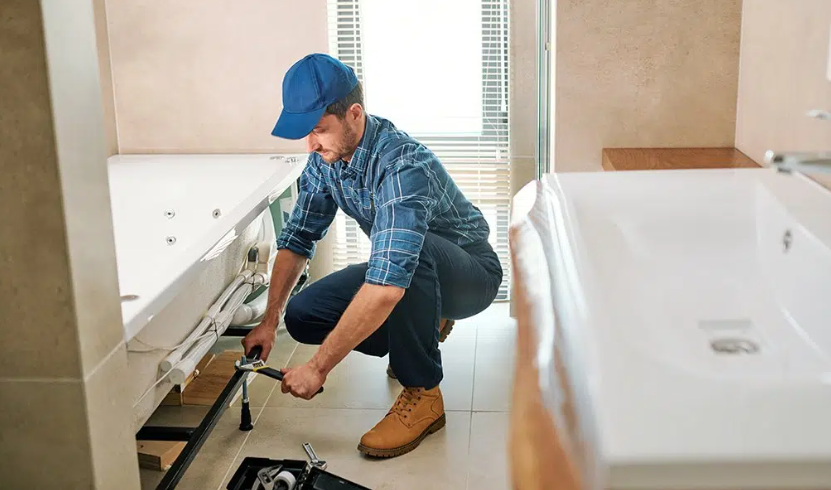Machines, whether in industries or homes, are designed to work efficiently and reliably. However, one common challenge that affects performance is vibration. Continuous vibrations not only generate noise but can also cause wear and tear, reduce precision, and even damage surrounding structures. The best solution to this problem is an anti vibration pad. But with so many options available, how do you know which one is right for your equipment?
This guide will walk you through everything you need to know about choosing the perfect anti vibration pad for your needs.
Why Anti Vibration Pads Matter
An anti vibration pad acts as a cushion between the equipment and the floor, absorbing and isolating vibrations. The benefits are significant:
- Prevents excessive noise
- Increases equipment life by reducing mechanical stress
- Improves safety by keeping machines stable
- Protects floors and surrounding structures from damage
- Ensures smooth operation for precision-based equipment
Clearly, the right pad is not just an accessory—it’s a necessity.
Factors to Consider When Choosing an Anti Vibration Pad
1. Load Capacity
The first and most important factor is the weight of your equipment. A pad that cannot bear the load will wear out quickly or fail to reduce vibrations. Always check the load rating of the pad and match it to your machine’s weight.
- Light-duty pads: Suitable for home appliances like washing machines or refrigerators.
- Medium-duty pads: Ideal for small industrial machines or HVAC units.
- Heavy-duty pads: Designed for generators, CNC machines, and large industrial equipment.
2. Material Type
Different materials are suited for different environments:
- Rubber Pads: Common for household use; great for noise reduction.
- Neoprene Pads: Resistant to oils, chemicals, and grease; best for industrial settings.
- Cork Pads: Lightweight and effective for small equipment; often combined with rubber.
- Composite Pads: Made from layered materials, perfect for heavy machinery with high static loads.
3. Vibration Frequency
Not all vibrations are the same. High-frequency vibrations (like those from small appliances) require softer pads, while low-frequency vibrations from heavy machinery need stronger, stiffer pads. Understanding your machine’s vibration profile ensures you select the right type.
4. Operating Environment
The location where the equipment is used plays a big role:
- Indoor Use: Rubber or cork pads often work well.
- Outdoor Use: Neoprene or composite pads are better due to resistance to moisture and temperature changes.
- Oil- or Chemical-Prone Areas: Neoprene pads are ideal as they resist degradation.
5. Size and Thickness
The larger and thicker the pad, the better it will be at absorbing vibrations. However, oversizing unnecessarily may cause instability. Always balance pad dimensions with your machine’s footprint.
6. Application-Specific Needs
- For precision equipment like CNC machines or medical instruments, choose high-performance pads that ensure stability and accuracy.
- For household appliances, simple rubber pads are usually enough to stop noise and movement.
- For HVAC systems or generators, look for pads designed specifically for these applications.
Steps to Select the Right Anti Vibration Pad
- Measure the weight of your equipment to determine load capacity needs.
- Identify the type of vibration (high-frequency or low-frequency).
- Assess the operating environment for factors like exposure to oil, chemicals, or weather.
- Check pad material and durability for long-term performance.
- Choose the right size and thickness based on your equipment’s base area.
- Consult the manufacturer’s recommendations for compatibility and installation guidelines.
Common Mistakes to Avoid
- Using undersized pads that can’t handle the weight.
- Ignoring the environment—rubber pads may fail in oily or chemical-rich areas.
- Overlooking vibration frequency, leading to poor absorption.
- Skipping maintenance—pads should be inspected regularly for cracks or wear.
Maintenance Tips for Longevity
Once you’ve chosen the right anti vibration pad, maintaining it ensures long-term benefits:
- Inspect pads periodically for damage or deformation.
- Clean dirt, grease, or oil buildup.
- Replace worn-out pads promptly to protect your equipment.
Conclusion
Choosing the right anti vibration pad is essential for protecting your equipment, extending its life, and ensuring smooth, quiet operation. By considering factors such as load capacity, material type, vibration frequency, and operating environment, you can find the perfect solution for your specific needs.
Whether it’s a washing machine at home or a generator in an industrial plant, the right pad makes all the difference. Don’t think of it as just an accessory—think of it as a smart investment in the performance, safety, and longevity of your machines.

